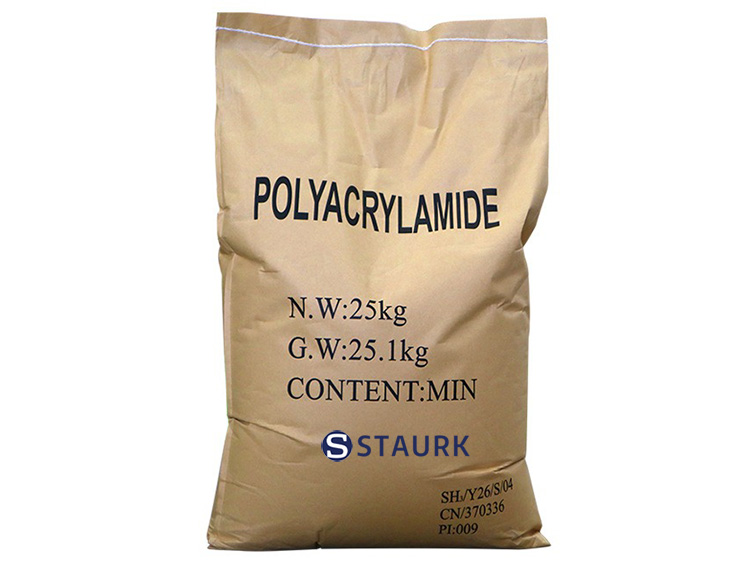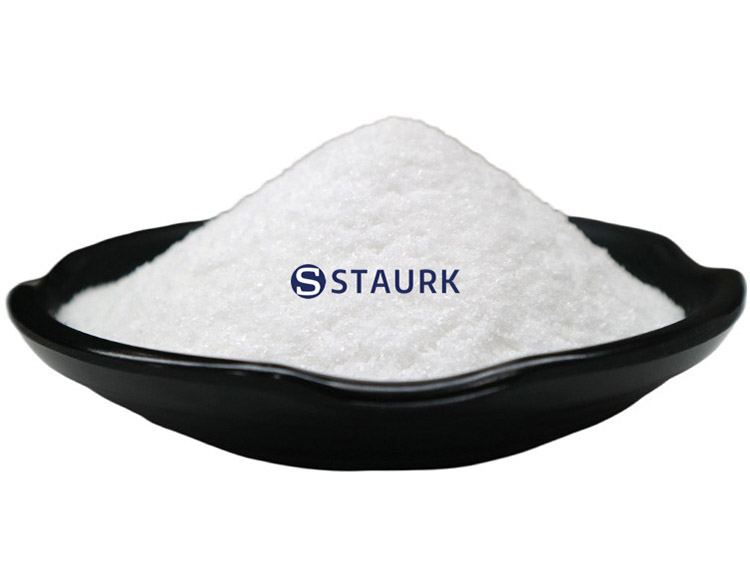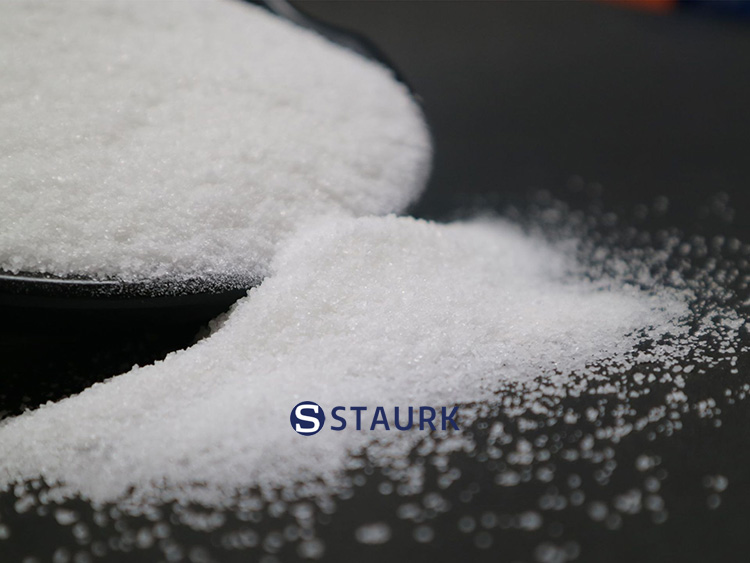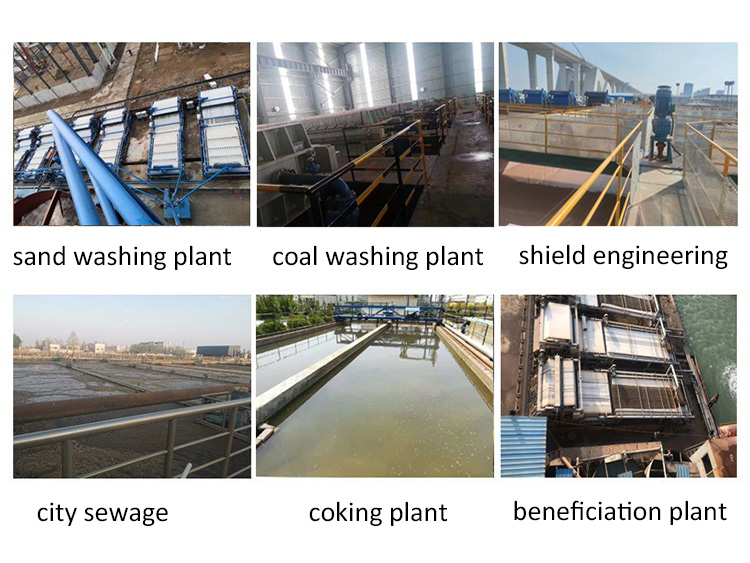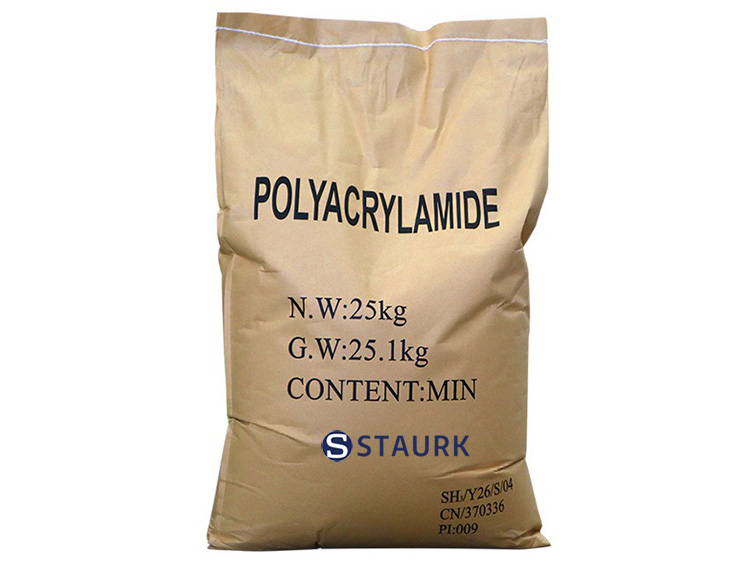Polyacrylamide
English name:
Polyacrylamide; Acrylamide resin; Acrylamide gel solution; Polyacrylamide,hydrolyzed; PAM
CAS number: 9003-05-8
Molecular formula: (C3H5NO)n
Parameter
More Introduction
Polyacrylamide (PAM) is a linear organic polymer, and it is also a polymer water treatment flocculant product. It can absorb suspended particles in water and play a role of link bridging between particles to make fine particles Larger flocs are formed and the speed of precipitation is accelerated. This process is called flocculation, because of its good flocculation effect, PAM is used as a flocculant for water treatment and is widely used in sewage treatment.
Application:
It is widly used in oil extraction, mineral processing, coal washing, metallurgy, chemical industry, papermaking, textile, environmental protection, building materials, agricultural production, sewage treatment, etc.

Application of China PAM chemical polyacrylamide for sale FO444OSSH
Features:
1. flocculation. PAM can make suspended matter neutralize by electricity and play a role of flocculation
2. Adhesion. Can play a role in bonding through physical and chemical effects, etc.
3. Thickening. It has thickening effect under neutral and acidic conditions. If the pH value is above 10, PAM is easy to hydrolyze
Instructions: how to use it?
1.When using, it is formulated into an aqueous solution with a concentration of 0.1-0.3%, and it is appropriate to use neutral water without salt impurities.
2.When dissolving, evenly sprinkle this series of products into the stirring water, the stirring is controlled at 100 - 300 RPM, and proper heating (< 60 ℃) can accelerate the dissolution
3. Adjust the pH value of the solution to be treated, so that this series of products can fully play a role (select the appropriate pH value and the dosage of this series of products through experiments)
4. When adding the solution of this series of products, the mixing with the solution to be treated should be accelerated. After the flocs appear, the stirring speed should be slowed down to facilitate the growth of the flocs and accelerate the sedimentation.
Working theory:
Polyacrylamide is a water-soluble polymer, because its molecular chain contains a number of polar genes, which can form large flocs by adsorbing solid particles suspended in water, forming bridges between solid particles or through electric charges. Therefore, he can accelerate the sedimentation of particles in the suspension, and speed up the effects of solution clarification and filtration.
